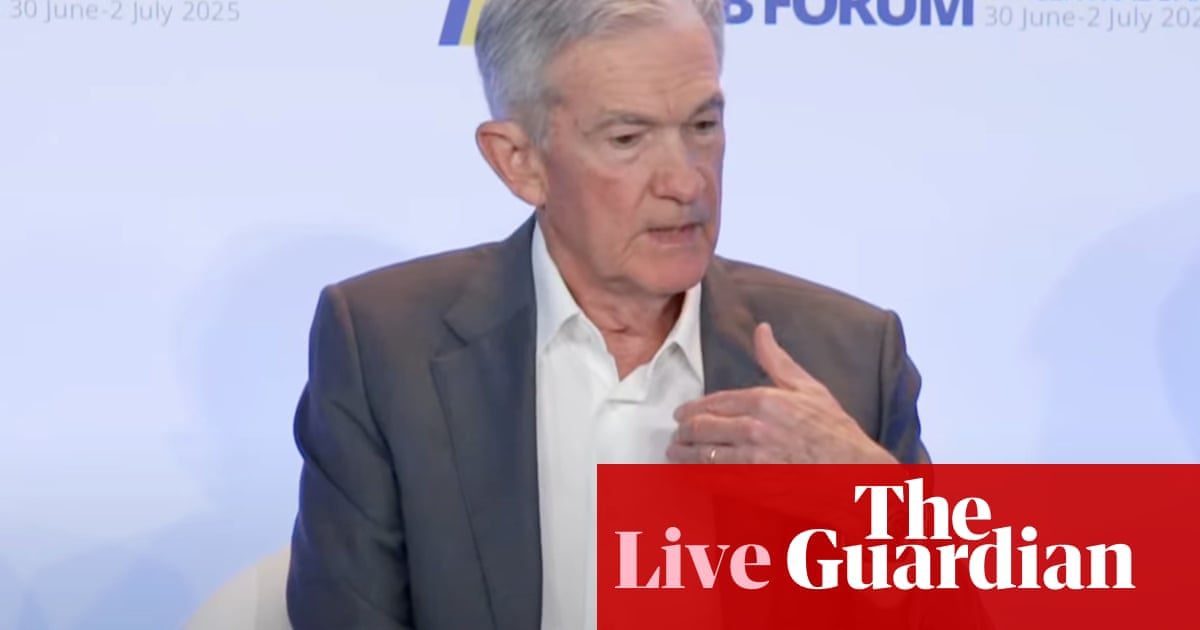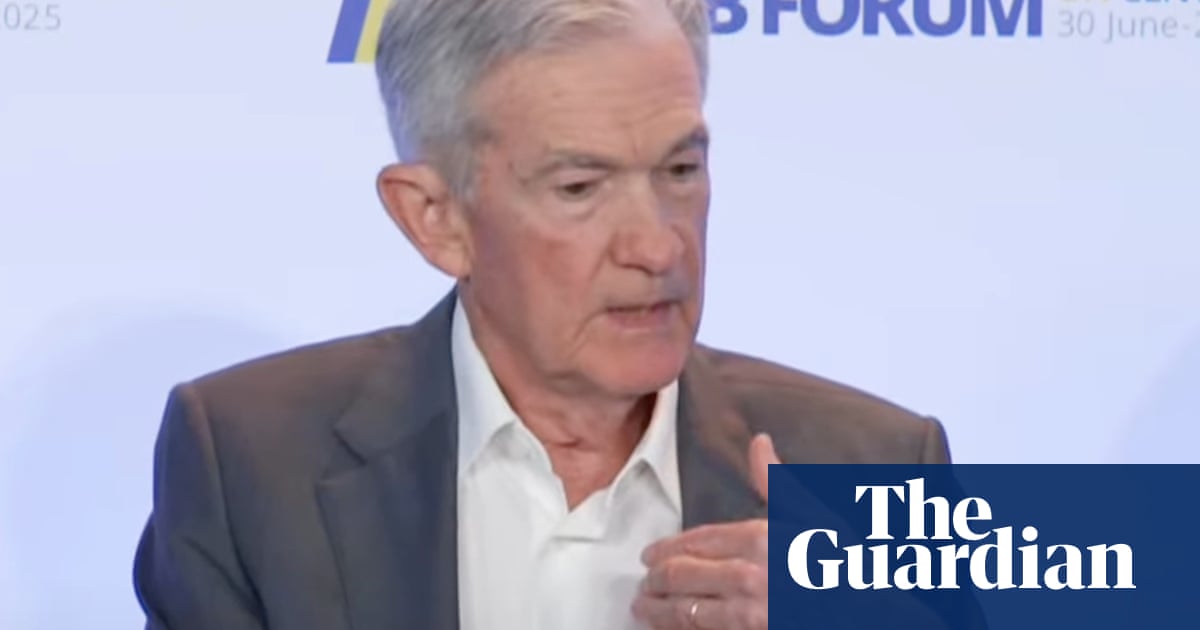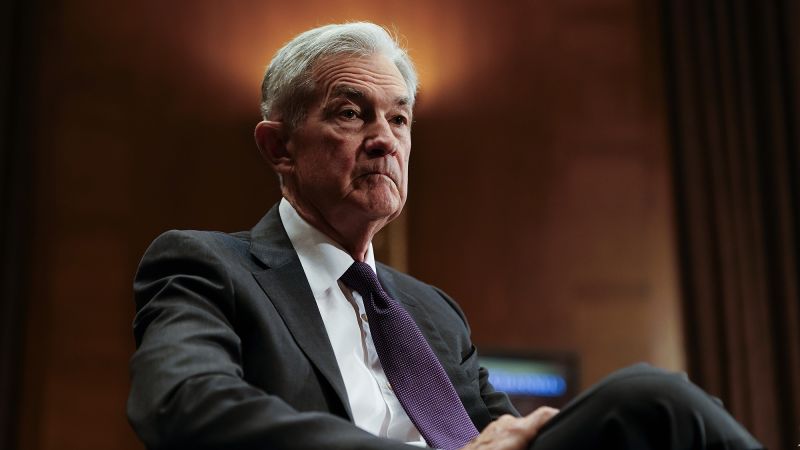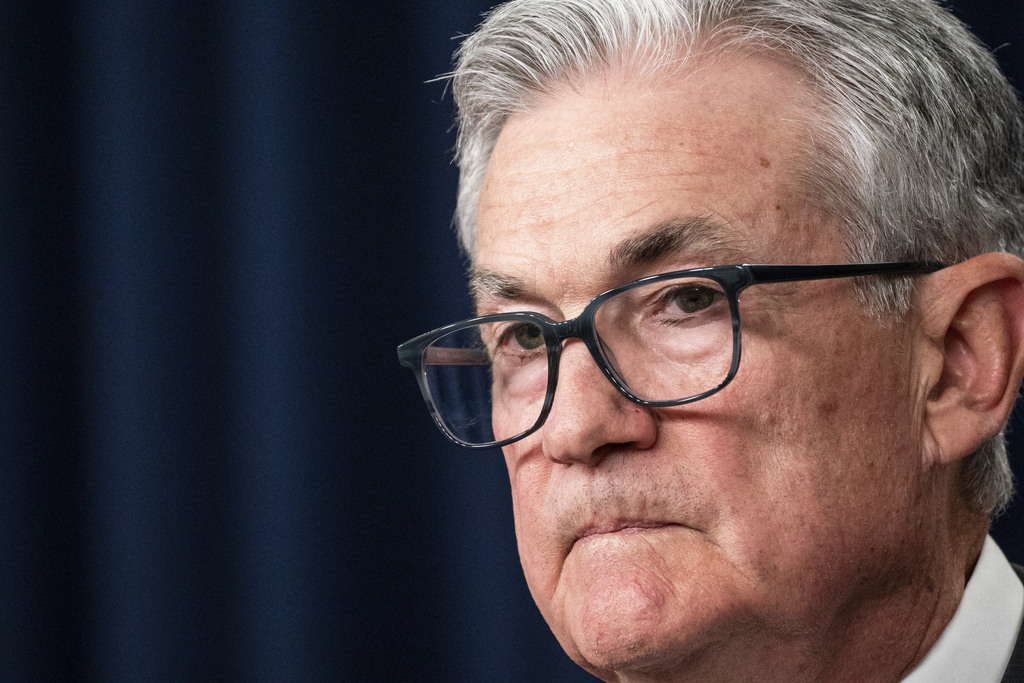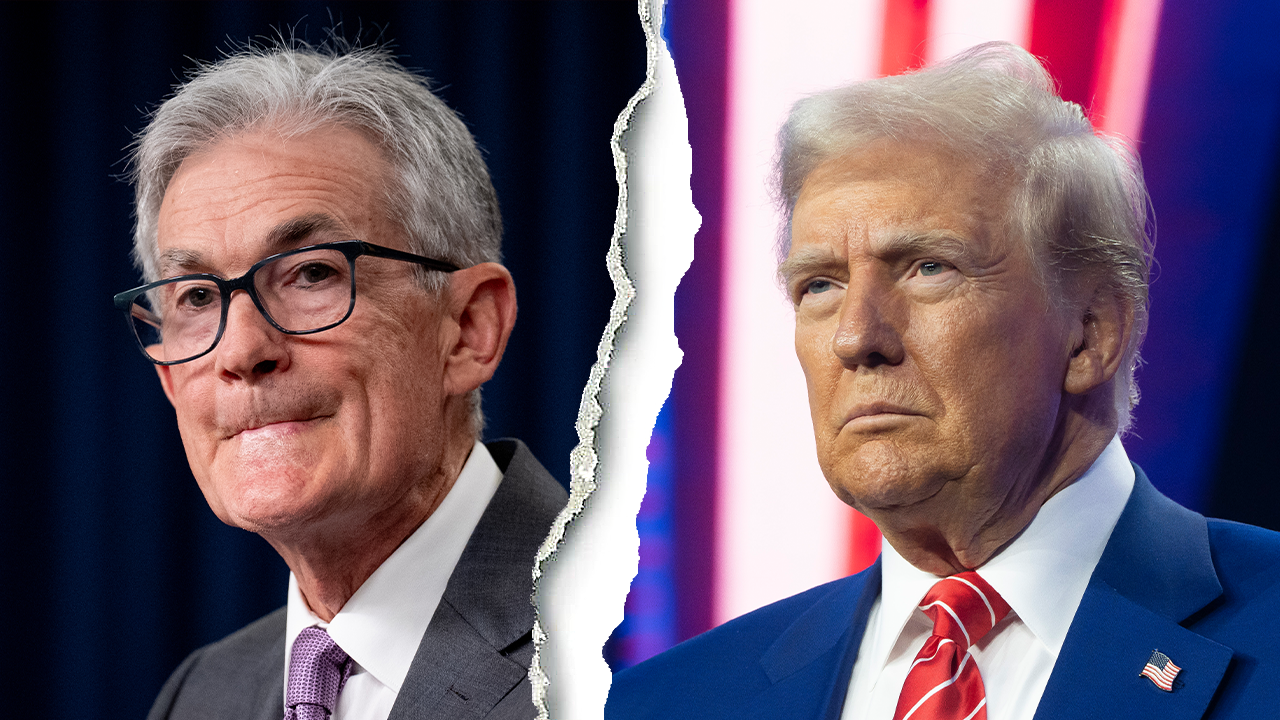Federal Reserve Holds Rates Amid Trump's Tariff Concerns
Federal Reserve Chair Jerome Powell maintains interest rates, citing tariffs' impact on inflation, while President Trump pushes for cuts to stimulate the economy.
Subscribe to unlock this story
We really don't like cutting you off, but you've reached your monthly limit. At just $5/month, subscriptions are how we keep this project going. Start your free 7-day trial today!
Get StartedHave an account? Sign in
Overview
- President Trump is advocating for interest rate cuts from the Federal Reserve to stimulate the economy and save taxpayers money.
- Chair Jerome Powell emphasizes the Fed's independence and focuses on inflation and labor market conditions, resisting Trump's pressure.
- Most economists predict that the Fed will not lower rates until at least September, despite Trump's ongoing criticism of Powell.
- Powell attributes the delay in rate cuts to the inflationary effects of Trump's tariffs, which have complicated economic conditions.
- The Fed's cautious approach reflects concerns about rising inflation forecasts linked to tariffs, impacting the timing of potential rate reductions.
Report issue

Read both sides in 5 minutes each day
Analysis
Center-leaning sources frame the narrative around the Federal Reserve's decisions as influenced by political pressures, particularly from Trump. They highlight Powell's commitment to economic stability over political demands, suggesting a tension between fiscal policy and external criticism. The implicit bias leans towards skepticism of Trump's economic strategies.
Articles (12)
Center (1)
FAQ
The Federal Reserve held interest rates steady primarily due to inflation concerns driven by the tariffs imposed during President Trump's administration, which complicated economic conditions and delayed potential rate cuts.
The Federal Reserve focuses on achieving maximum employment and maintaining inflation around 2 percent over the longer run. Decisions on rate changes are made by carefully assessing incoming economic data, the evolving outlook, and the balance of risks to its dual mandate.
Most economists predict that the Federal Reserve will not begin cutting interest rates until at least September 2025, with more substantial cuts expected gradually through 2026 and into 2027.
Tariffs have contributed to higher inflationary pressures, which have complicated the economic outlook and led the Federal Reserve to delay lowering interest rates to better manage inflation risks.
As of the latest meeting, the Federal Reserve's target range for the federal funds rate is 4.25% to 4.50%, remaining unchanged for the fourth consecutive meeting.
History
- 4M

 5 articles
5 articles
